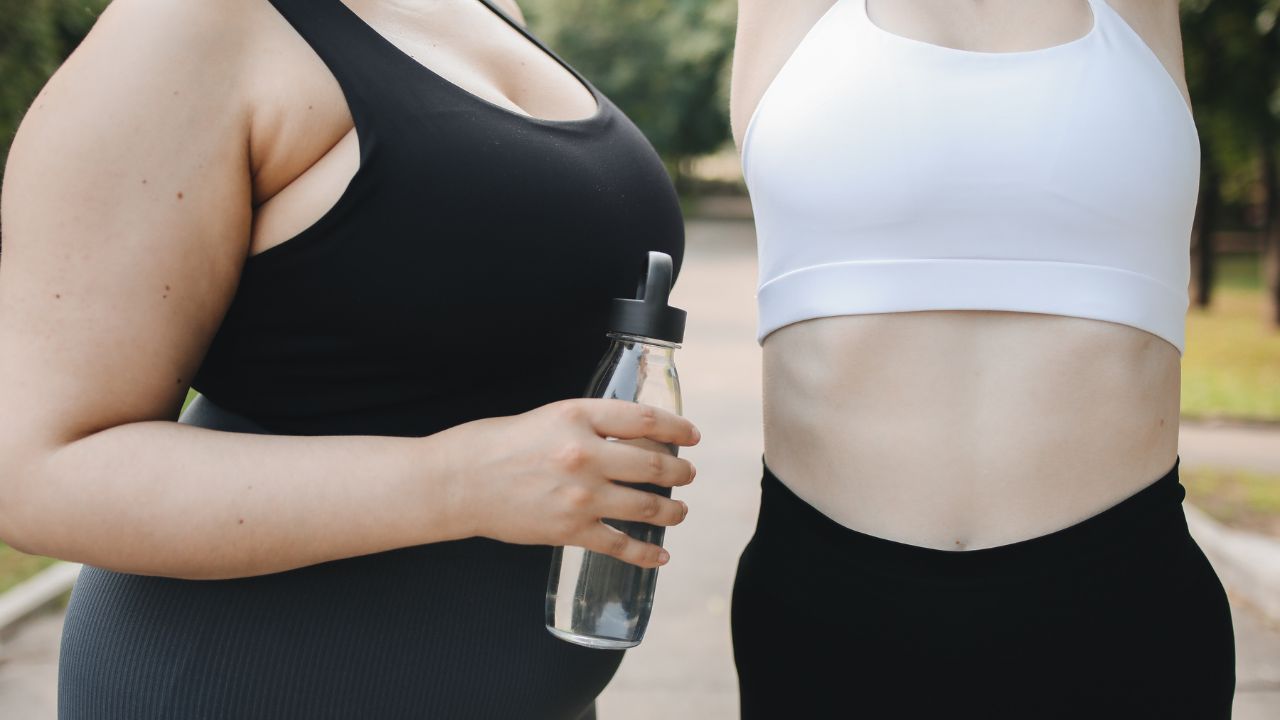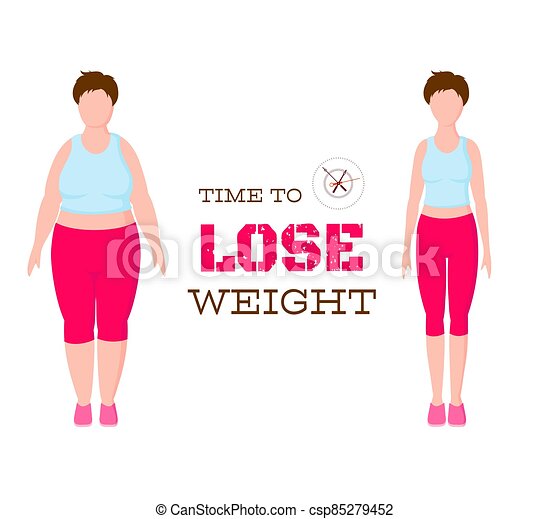
Yoga does not burn calories like other workouts. Many people believe yoga isn't as good as cardio. Although other forms of exercise can be fun and beneficial for the heart, they are less effective in burning calories. The following facts will show you how yoga can burn calories. You may be surprised. Here's what experts have to say. Also, you can try different types of yoga.
Hatha yoga
You may have wondered if yoga really does burn calories if you were considering it as a way of losing weight. It does, in fact! All forms of yoga have the potential to reduce calories. A simple one-hour class can burn up to 183 calories, or more, The above figure is an average. You should increase your intensity to maximize the benefits.
Bikram yoga
Bikram yoga is believed to help you lose weight and calories. In fact, many people who practice the intense exercise lose weight and build lean muscle mass. Colorado State University studies show that hot yoga can help you burn between 1,000 to 1,500 calories each session. Although the intensity of the exercise will vary depending on the individual, the average person will burn between 33 and 460 calories per session.

Power yoga
Power yoga, which is a new type of yoga, can be both challenging and exciting. While yoga has been a very popular form of exercise, it's not new. It combines longer asanas with less time between each pose to create a continuous flow of movements, which increases the risk of sweating and stretching every limb. Power yoga, just like any exercise, is best done by someone who knows the movements of the body and has good physical fitness.
Restorative yoga
Restorative Yoga is an excellent option for those looking for a restorative workout that burns calories and also relaxes. These yoga poses will help you relax and control your breathing. You'll also be able to lower your stress levels and increase your flexibility. Because it helps to reduce subcutaneous fat buildup, restorative Yoga is great for people with chronic pain. Read on to learn more about these relaxing workouts! It may surprise you to know that restorative yoga can help you lose weight.
Kakasana
Kakasana, in addition to providing a cardiovascular workout and lubricating your joints, muscles, ligaments, and muscles, also aids in preventing injury. It also increases circulation, strengthens the core, and releases stress. The supine position requires precise strength and flexibility of the spine muscles. You will also need to adduct your legs and hug your knees to the side. This pose may help you if you have problems with your legs.
High lunge
You can burn calories by doing high lunges. This pose is great for strengthening the arms, legs, and groin. Even if your knee is injured, you can still do this pose. Keep in mind not to go deep. To deepen your lunge, you can extend the heel of your back foot through your front leg. When you are ready to move on, keep your back foot inward so that it doesn't slip inward.

Chaturanga Dandasana
Chaturanga Dadasana, also known as the low plank, is an excellent option for weight loss. This position involves activating the entire core and limbs as well as toning your arms, back, shoulders and wrists. It's also a great way to lose weight, improve your posture, and prepare your upper body for more advanced exercises.
Vinyasa yoga
Vinyasa yoga classes have one goal: to burn more calories per session than you consume. By performing continuous movements and cardiovascular exercises, you will create a calorie deficit. A 90-minute class for a person weighing 155 pounds will burn about 920 calories. You can expect to lose approximately 1,098 calories if you weigh 185. Vinyasa classes are usually 90 minutes long, although most studios offer shorter classes.
Yin Yoga
Yin Yoga is a popular form of yoga. It's a type of restorative yoga that focuses on holding poses for a few minutes or even several breaths. The more you hold a pose, and the deeper the relaxation response and stretch, the longer it is. This type of yoga can be a great compliment to a dynamic routine or weight-training program. This yoga style is great for those who feel tired or need to recover from injuries. It can be part of a 30-day challenge, if done correctly.
FAQ
How to Lose Weight
People who are looking for a way to look good and lose weight are the top goals. People want to live longer and feel better. There are many different ways to lose weight. You can choose from cardio training or strength training. Each type of exercise comes with its own set of benefits and drawbacks. For example, if you want to burn calories, then walking would be your best option. For building muscle mass, weight lifting is the best choice. In this article we will discuss the best exercises to use to lose weight.
When trying to lose weight, the first thing you need to think about is the type of diet plan that you should be following. You don't have to eat as much, but you do need to reduce the amount of processed foods and avoid junk. It's recommended to consume at least 2200 calories per day. To lose weight quickly, you need to reduce your calorie intake. This way, you will get rid of fat much faster.
Start exercising if you want to quickly lose weight. Exercise helps you burn calories and increase metabolism. You must combine exercise and a healthy diet to lose weight. You will lose weight by exercising. You will see a faster rate of fat loss if you exercise regularly. Regular workouts can also help you to maintain a healthy lifestyle. They can help you keep fit and prevent conditions such as heart disease, diabetes, hypertension and obesity.
You should try to walk as much as possible. Walking can help you burn approximately 500 calories an hour. You can burn about 1500 calories if you walk for 30 minutes each day. Therefore, you will lose 1 pound of fat per week. For 10 minutes, you can run or jog. Running burns approximately 1000 calories an hour. Running for 20 minutes should be done three times per week if you are trying to lose 5lbs in 3 weeks.
The best way to lose weight? Combine exercise and healthy eating habits. You should find a balance of these two elements.
What foods help me lose more weight?
By eating less calories, you can lose weight quicker. There are two ways to do this:
-
Reduce the amount of calories you consume daily.
-
Get more exercise to increase your metabolism.
It is not easy to reduce the calories you consume. It's no surprise that we are constantly bombarded with high-calorie fast food options. But, here's a list of foods that will help you shed those extra pounds.
-
Beans contain high levels of fiber and protein. They contain almost no fat, making them an ideal choice for dieters who want to reduce their caloric intake.
-
Oatmeal, while low in calories, is high in nutrients like potassium and magnesium. Oatmeal is lower in sugar than other cereals.
-
Eggs are full of cholesterol and protein. Consuming eggs at least once a week can increase your metabolism and help you burn more calories.
-
Whole grain bread is known to decrease hunger pangs and make you feel fuller for longer periods of time.
-
Dark chocolate is loaded with antioxidants and flavonoids, substances that have been linked to lower blood pressure and improved heart health.
-
Cottage cheese is rich in calcium which aids in bone strength. Cottage cheese is also high in calcium, which aids in bone strength.
-
Salmon is packed with omega-3 fatty acids, which promote brain development and improve cardiovascular function.
-
Green tea contains a lot of catechins. These are compounds that can fight cancer and improve metabolism.
-
Broccoli is an excellent source of folic acids, which helps to lower homocysteine levels. A higher risk of developing heart disease and stroke is associated with high homocysteine levels.
-
Yogurt is an excellent way to include probiotics in your diet without adding sugars. Probiotics are important for your digestive health.
-
Berries are delicious and nutritious snacks. All fruits, including blackberries, blueberries, raspberries, raspberries, cranberries and strawberries, are rich in vitamins and minerals.
-
Avocados are bursting with healthy fats. A half avocado provides 80 calories with plenty of fiber, potassium, and filling fiber.
-
Nuts are a delicious snack option and a great source protein. All kinds of nuts are great choices, including almonds.
-
Sweet potatoes are another starchy root vegetable rich in beta carotene. It makes your skin shine. Orange sweet potatoes have a higher amount of beta carotene that regular sweet potatoes.
Is there any side effect to intermittent fasting?
There are no known negative side effects of intermittent fasting. You might have minor problems if your plan is not well thought out.
If you skip breakfast, for example, you may feel constantly irritable. You might also experience headaches, dizziness, fatigue, and muscle cramps.
These symptoms usually resolve within a few weeks.
Statistics
- According to a study sponsored by the American Council on Exercise, a person weighing around 140 pounds (64 kg) would burn 108 calories at a 30-minute beginner's Pilates class or 168 calories at an advanced class of the same duration (26). (healthline.com)
- One study in 9 active men found that HIIT burned 25–30% more calories per minute than other types of exercises, including weight training, cycling, and running on a treadmill (18Trusted Source (healthline.com)
- According to Harvard Health, it's estimated that a 155-pound (70-kg) person burns around 167 calories per 30 minutes of walking at a moderate pace of 4 mph (6.4 km/h) (5). (healthline.com)
- A 12-week study in 20 women with obesity found that walking for 50–70 minutes 3 times per week reduced body fat and waist circumference by an average of 1.5% and 1.1 inches (2.8 cm), respectively (healthline.com)
External Links
How To
How to Intermittent Fasting
Intermittent Fasting is a method of dieting where you only eat one meal per week, typically Monday through Friday. This diet aims to lower your overall calorie intake, while still ensuring you get enough nutrition. This helps you lose fat more quickly than if it were your normal meals for the entire week.
The most common form of IF involves restricting calories only on certain days of the week. This means that you might skip breakfast every day and then indulge in whatever food you desire throughout the day. It is possible to choose to have three smaller meals each day, rather than two large.
There are many forms of intermittent fasting. There are pros and con's to every type of intermittent fasting. Alternate-day fasting is the easiest method to get started because it doesn't require any significant lifestyle changes. Some people may find it difficult to adhere to such a strict schedule, so they might try other methods.
If you want to try intermittent fasting, I suggest starting with alternate-day fasting. This will allow you to gradually transition into more extreme fasting routines without completely changing your lifestyle.